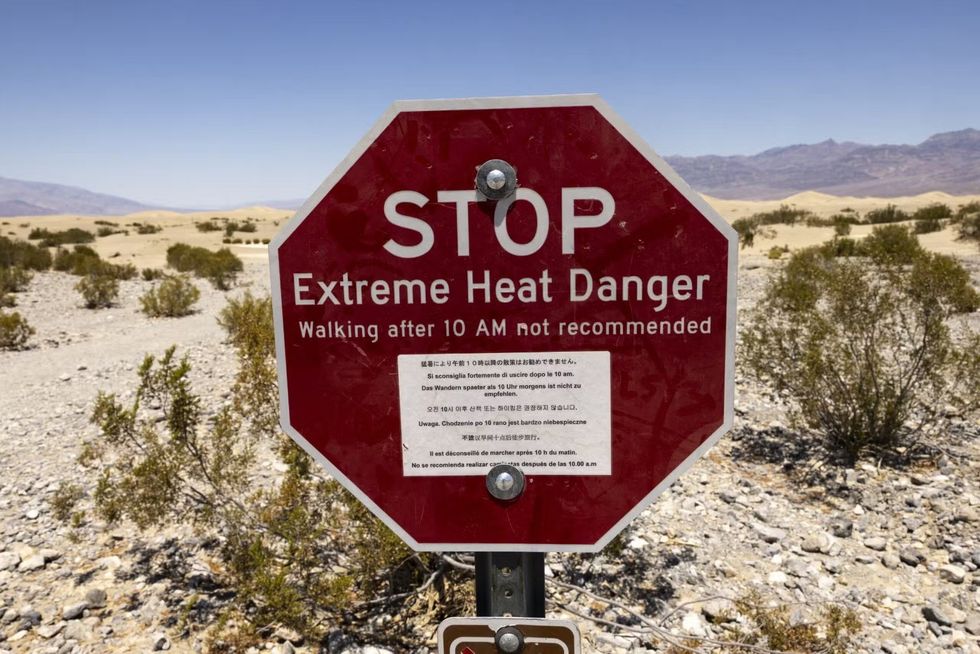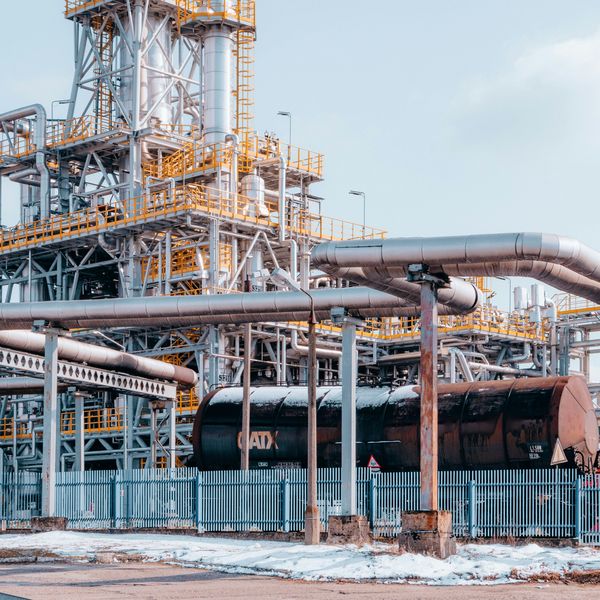Reuters
News Agency Partner
Reuters is a leading source of news and information, delivering fact-based reporting and expert analysis on international events and trends.
AFP
News Agency Partner
AFP is a renowned international news agency, delivering comprehensive and reliable reporting on global events, trends, and issues.

A construction worker drinks cold water during a heat wave in Scottsdale, at the Phoenix metro area, Arizona, U.S., July 28, 2023.
Reuters
The West Coast of the United States is bracing for extreme heat with temperatures in desert towns expected to soar as high as 120 Fahrenheit (49 Celsius) and Phoenix likely to extend its streak of 100 days over 100 degrees, forecasters said on Tuesday.
The southwestern U.S. can expect multiple days of supercharged heat beginning on Tuesday, with the homeless, elderly, children, and people with health issues at the highest risk for heat illness, the U.S. National Weather Service said.
The worst is likely to dissipate by the weekend but in the meantime much of California can expect sizzling temperatures, even on the Pacific coast which typically gets cooled by an ocean breeze, said Rich Bann, a meteorologist with the weather service's Weather Prediction Center.
Washington and Oregon are also in line to get baked, Bann said.

"We're expecting multiple days with widespread high temperatures into the triple digits," Bann said.
A high pressure ridge is forming, depriving the region of clouds, cooling winds, showers or thunderstorms that might otherwise offset the intense solar radiation, Bann said.
"When you're looking at the desert southwest, which is an arid place anyway, all indirect sunlight is going to go into heating the ground," Bann said.
Eyewitness timelapse footage show devastating Reno wildfire.roar-assets-auto.rbl.ms
In Arizona, Phoenix on Tuesday recorded its 100th straight day at or above 100 F (38 C).
"The streak is expected to continue, with no end currently in sight," the weather service said on X.
The previous record streak was 76 straight days in 1993, the weather service said.Los Angeles Mayor Karen Bass ordered the opening of cooling centers throughout the city where people who may not have access to air conditioning will be able to take shelter.

Although not quite as high, the soaring temperatures will also affect coastal areas, which usually escape the worst of the heat and have enjoyed a relatively balmy August.
Climate scientist Daniel Swain said the next few days will be a taste of what inland areas of the state have already endured.
"Most of California's immediate coastline missed out on record heat this season (including some of the most densely populated portions of the SoCal megalopolis)," he wrote on his Weather West blog.
That means "that while a majority of California's land area did indeed just experience a record-hot summer, the majority of California's population likely did not."
Death Valley -- routinely one of the hottest places on Earth -- is likely to see the mercury hit 118 Fahrenheit (48 C), though that is slightly lower than the almost 122 F (50 C) it saw in July.
Further inland, the heat will also affect parts of Arizona, including Phoenix, where Tuesday marked the 100th day in a row that the temperature had topped 100 Fahrenheit.
And there was no respite in sight for the state's biggest city, with blistering heat expected throughout the week.
High temperatures in the southwestern U.S. -- much of which is desert -- are not unusual at this time of year.
But scientists say human-caused global warming is pushing norms higher, and creating more unstable weather patterns.










Comments
See what people are discussing